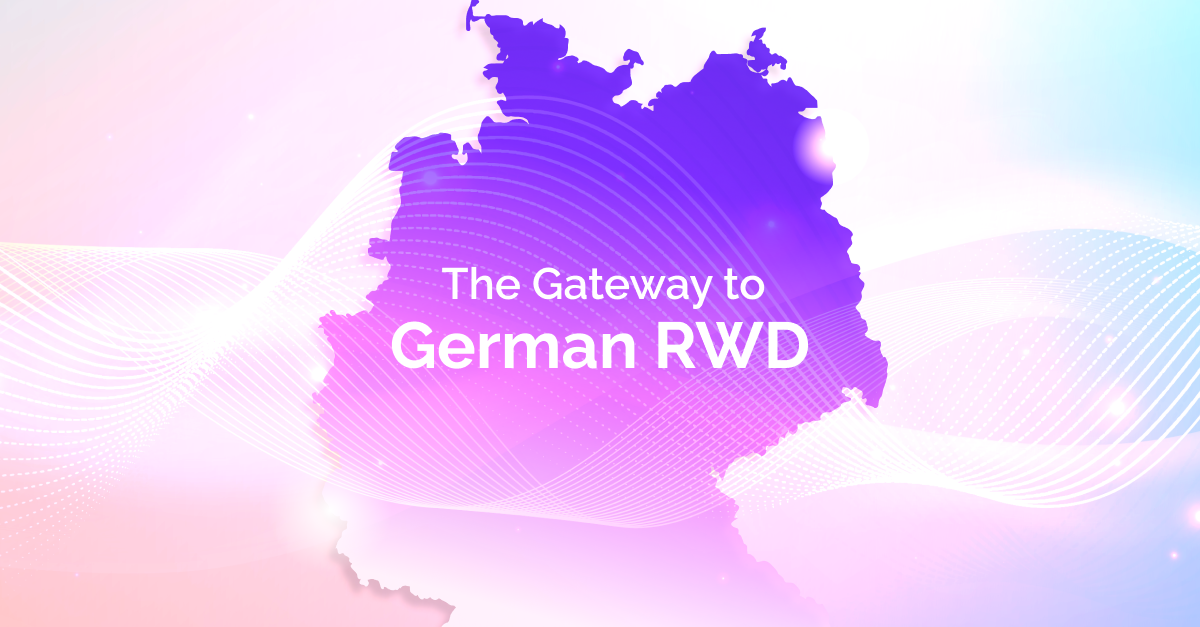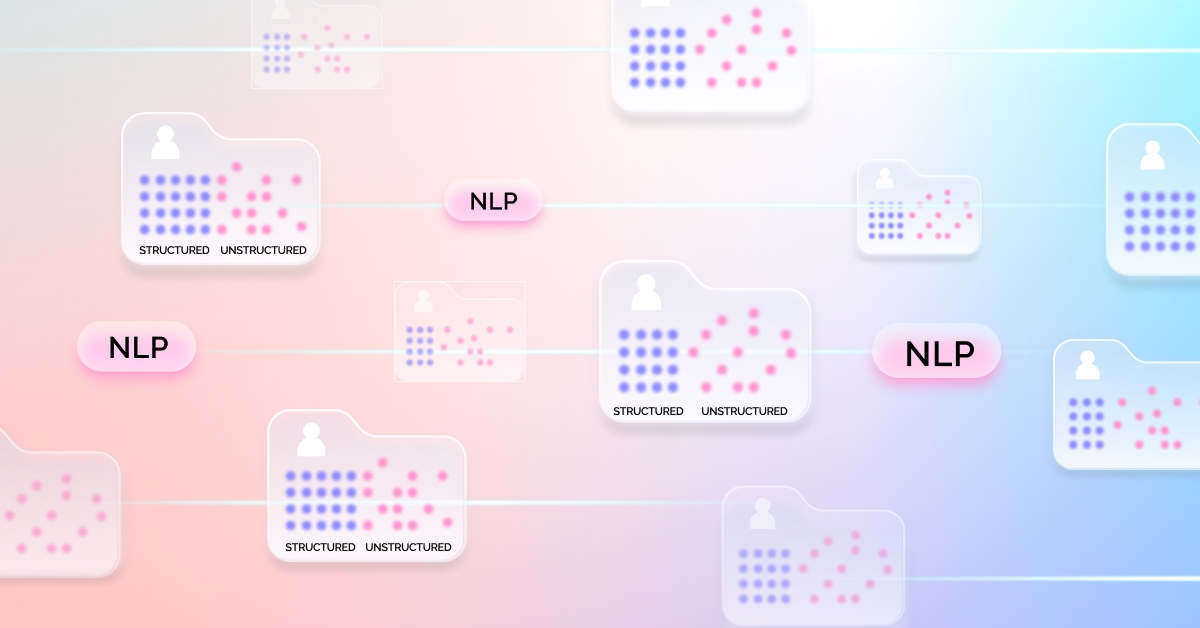Technological trends can have a swift and profound impact on humanity. In 2009, when the first Apple iPhone was released, people had no idea how it would change their lives – but within several months developers had created thousands of applications that were available to users via the App Store. The iPhone’s success turned into an app gold rush, with developers creating new apps on a daily basis for the App Store marketplace, supported by billions of dollars in investments. Now a similar gold rush may be underway, with a trend that is emerging, perhaps unexpectedly, out of the unstable Crypto market.
It’s not just Bitcoin that can be decentralized – blockchain-based applications (DApps) that run on a peer-to-peer network have gone mainstream and are changing the way we create digital value. In this blog post, we discuss why this technology, as well as other ideas taken from Crypto, may be ushering in a new golden age. We examine how DApps came about and how they can serve as powerful drivers of innovation.
What’s happening in Crypto and why it matters
The Crypto market has crashed. Again. Since November’s all-time high, leading tokens have lost approximately 80% of their value, decreasing the market’s total worth by billions of dollars. For some, these statistics just add more wood to the fire, rekindling the decade-old question – is the decentralized approach really necessary or desirable?
But there’s more here than meets the eye. The Crypto revolution has also created a considerable flow of exceptional talent to the field. What’s more, it sparked new ways of conceptualizing and solving problems. Taken together, the keen observer can sense opportunity in the air – a new golden age of decentralized products and applications.
But what is powering this revolution? The hype around Crypto has inspired massive architectural developments which led to a new phenomenon – using decentralization to create value beyond the cryptocurrency industry.
Blockchains today are considerably more scalable and secure and offer developers more possibilities to choose from when they plan their stack. This allows developers to invest their energy on the important stuff, focusing on innovation and developing their unique applications and use cases.
Let’s dive into why this is.
Decentralization has never been more powerful
More scalability
Not too long ago, Blockchain infrastructure had considerable limitations. The throughput of Ethereum, one of the most widely used decentralized and open-source blockchains, is currently capped at around 45 transactions per second (TPS) in the public network, severely limiting scalability.
Luckily, there are three major trends that are beginning to improve this situation:
- 2nd layer solutions – Layer 2 protocols provide a second framework where transactions can take place separately from layer 1. The growing desire to use Ethereum has led to multiple 2nd layer solutions such as Arbitrum, Optimism, Loopring and zkSync. These solutions allow for more transactions to take place simultaneously.
- Alternative Blockchains – with the emergence of alternative Blockchains such as Solana and Celo, developers can transfer some of the possible transactions to alternative methods. These new options open the door to alternative consensus mechanisms and smart contract structures. This is not to say that these are necessarily better. However, rival alternatives are without a doubt pushing and moving the ecosystem forward.
- Creation of a network for a specific use or community – there are projects, such as Helium (a decentralized wireless infrastructure), that have taken matters into their own hands, opting for their own designated Blockchain.
On top of this, Ethereum 2.0 – the merge, has finally happened. Eth2 is purportedly designed to securely handle up to 100,000 TPS. If everything works out and Proof-of-Stake prevails, this might change everything and drive the above mentioned solutions towards even more promising directions.
More stability
Some people warn us about the instability of Stablecoins, and they have ample evidence to back this up. In recent years, attackers have found ways to manipulate ecosystems, taking advantage of the design of token economics and security vulnerabilities. But, counter to what you may think, these actually brought on much needed growing pains, pointing the industry in the direction of growth and maturation.
Although these attacks have wreaked havoc for some, the industry at large has learned some valuable lessons. It has begun to develop the ability to do things differently and avoid these issues in the future.In the face of these challenges, developers have had the opportunity to create new Cryptography and Zero Knowledge Proof (ZKP) solutions to both fortify privacy and help security evolve. The result is that developers are devoting unprecedented focus and attention to protect decentralized products, including optimizing ways to solidify identities, check deals, etc.
More possibilities
Between the last crypto winter and the one going on now, we have seen an incredible surge of new applications. Decentralized Finance (DeFi) has flourished, creating an abundance of services from exchanges and tokenization, to custody, decentralized lending, and more. But, perhaps even more exciting, is the emergence of new technological concepts that are crossing borders, impacting fields that lie well outside the world of crypto and finance.
Non-fungible tokens (NFTs) reached $3.9 billion in revenue, with 22,400 NFT collections, worth an average of $174,000 per collection. This has formed the basis for some amazing developments, such as NFT marketplaces and tools that are incorporating NFTs in sophisticated ways into the gaming, content and digital art industries. NFTs are displaying an impressive ability to penetrate new markets and create ripples everywhere.
Decentralized autonomous organizations (DAOs) have emerged as a means to allocate power to members and organize alignment, community and ownership. DAOs have just begun to scratch the surface of the value they can create. There is a growing tool set that is enabling this type of unique collaboration and we may begin to witness DAOs with an array of specialties – co-managing properties, investing together, co-creating content, and much more.
These new technological concepts have been extracted from the Crypto industry and applied to a growing list of industries and use cases. We are only just beginning to wake up to their potential and the possibilities that are in store.
It’s time to get on board!
If you just look at the ebb and flow of the Crypto market, you’ll be missing out on the bigger opportunity afoot. As we have discussed above, the technological power of decentralized apps is growing every day. In addition, there is an incredible influx of talented individuals that are excited to take part in this shift. Now is the time to seize opportunities and come up with new solutions that wouldn’t be possible without decentralization.
Sometimes the best things come out of the ashes of past trends. When decentralization is freed from the confines of the Crypto market, we can really start building the solutions of the future. This is the beginning of a golden age. This era won’t just produce better computer games and finer digital art, it can also improve humanity at large and address some of its biggest challenges, including healthcare crises, climate change and social justice.



